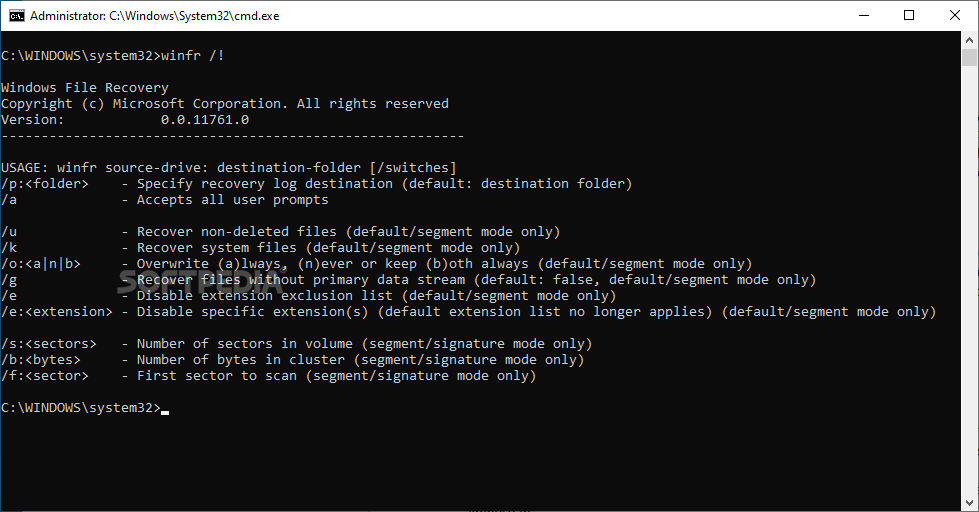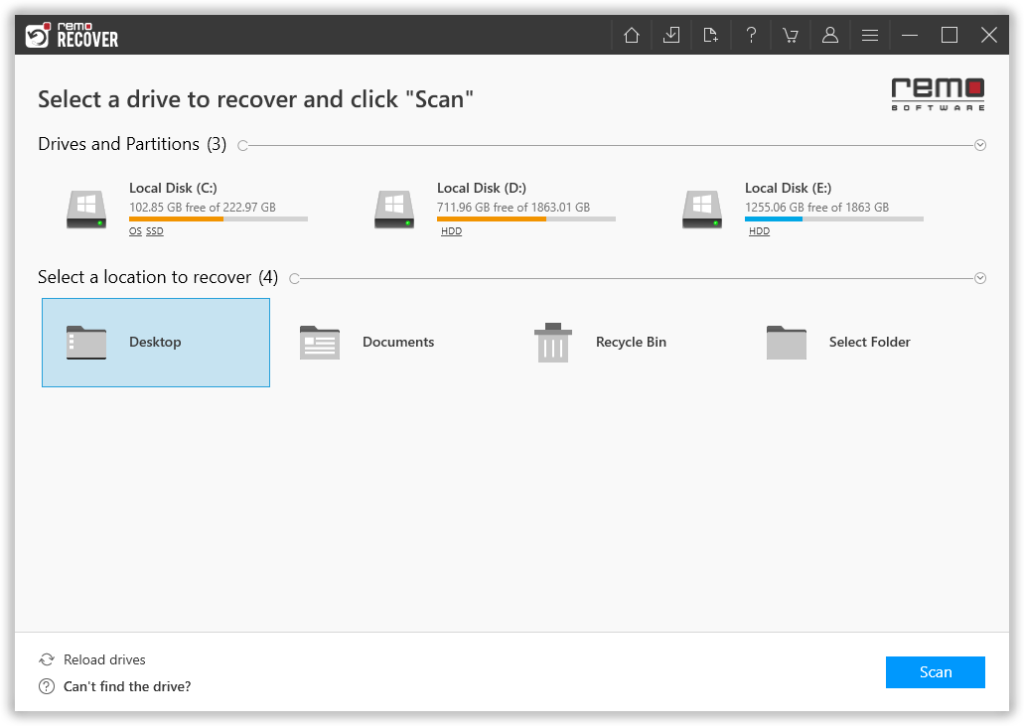
:max_bytes(150000):strip_icc()/filerecovery-b49bc5ce14a0401997b7e7cd1783c348.jpeg)
The /x option is used to perform a signature scan.įor example, you want to find deleted files on an SD card by JPEG or PNG signatures. Typically, it is used to search removed files on USB flash drives, SD cards of phones or cameras. A directory with the recovery log and restored files will open automatically.Ī signature mode is used to find deleted files on a disk with a file system other than NTFS.

The tool asked what to do with the files it had found: File K:\Recovery_20210316_105053\PS\test.txt exists: (o)verwrite, (s)kip, (a)lways overwrite, (n)ever overwrite, (k)eep both once, keep (b)oth alwaysĪfter you have made your choice, press Y.

In this example, 2 deleted files with the same name appeared in the specified directory. The tool scans the disk ( Pass 1: Scanning and processing disk) and recovers the files it finds to the specified directory ( Pass 2: Recovering files). This command is run in the standard winfr mode, wildcards (*) are allowed (the file path is specified without the disk name, it is supposed you have already specified the source-drive):

The following command will search deleted files on drive C: using the \PS\test.txt filter and recover the files it finds to a separate drive K: (I removed the file permanently using shift+delete). Suppose, you know an exact name of the deleted file and the directory it was located in. Let’s try to recover a recently deleted file on Windows 10 using the Windows File Recovery. It is the only mode supporting drives with file systems other than NTFS. This mode is not suitable to find small files.


 0 kommentar(er)
0 kommentar(er)
